
cd_nom
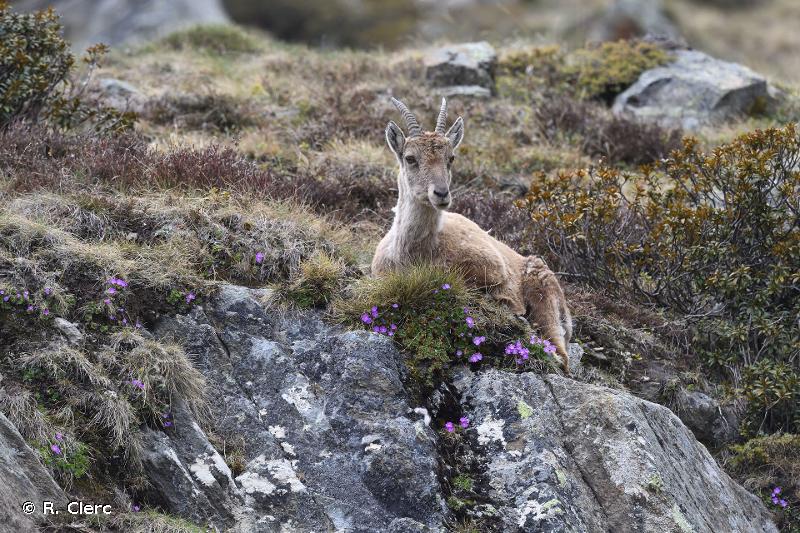
| Author : R. Clerc |
 |
To get the picture, please visit:
Roland Clerc
Photographe naturaliste
http://www.faune-valais.ch/index.php?page=accueil
email : inpn@mnhn.fr
Despite the Creative Commons license, please inform the author of the use which will be made of his photo
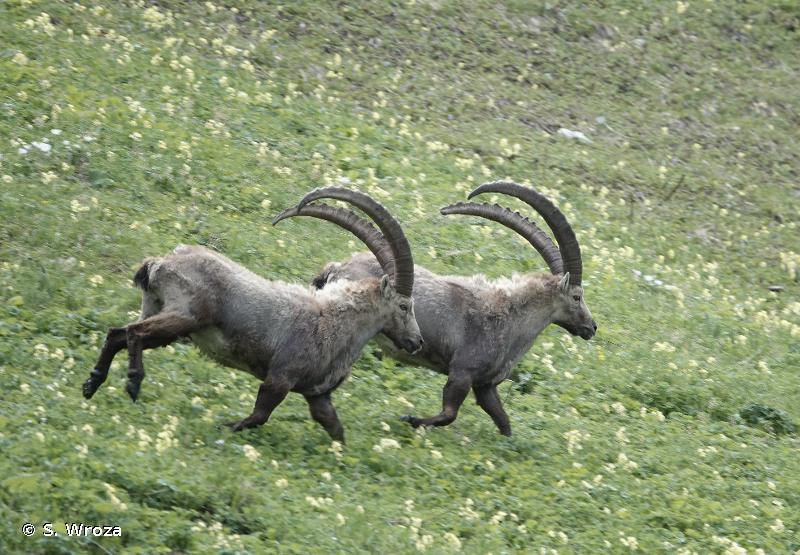
| Author : S. Wroza |
 |
Despite the Creative Commons license, please inform the author of the use which will be made of his photo
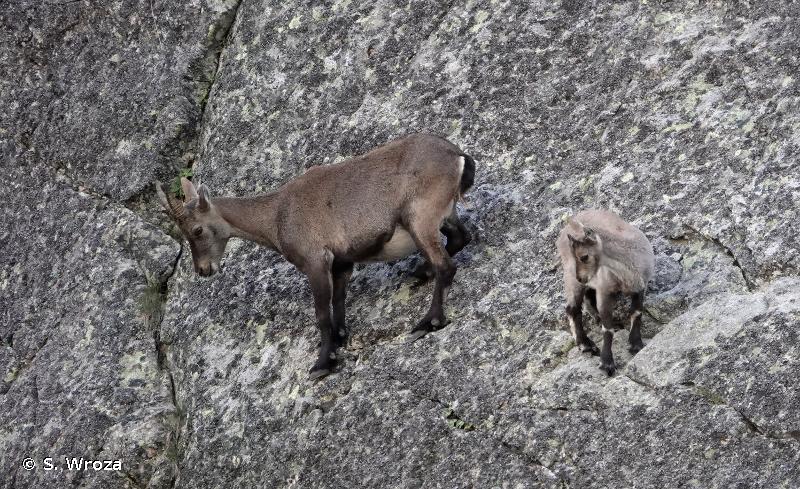
| Author : S. Wroza |
 |
Despite the Creative Commons license, please inform the author of the use which will be made of his photo
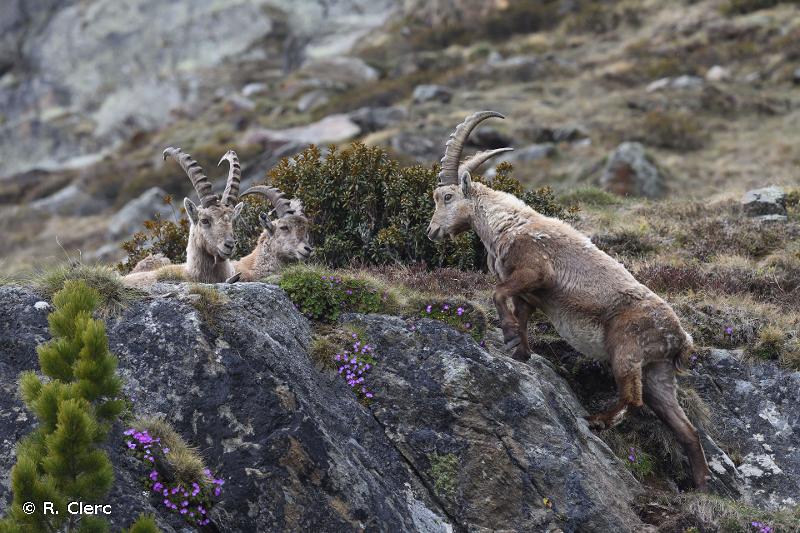
| Author : R. Clerc |
 |
To get the picture, please visit:
Roland Clerc
Photographe naturaliste
http://www.faune-valais.ch/index.php?page=accueil
email : inpn@mnhn.fr
Despite the Creative Commons license, please inform the author of the use which will be made of his photo
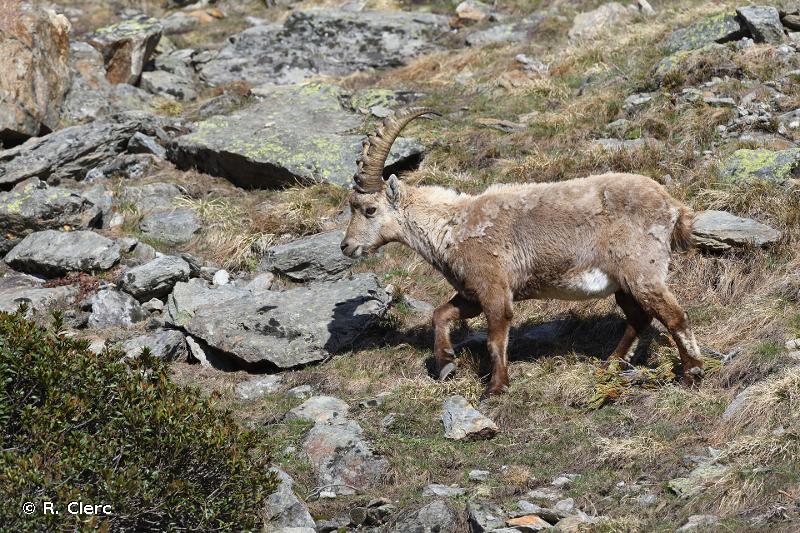
| Author : R. Clerc |
 |
To get the picture, please visit:
Roland Clerc
Photographe naturaliste
http://www.faune-valais.ch/index.php?page=accueil
email : inpn@mnhn.fr
Despite the Creative Commons license, please inform the author of the use which will be made of his photo
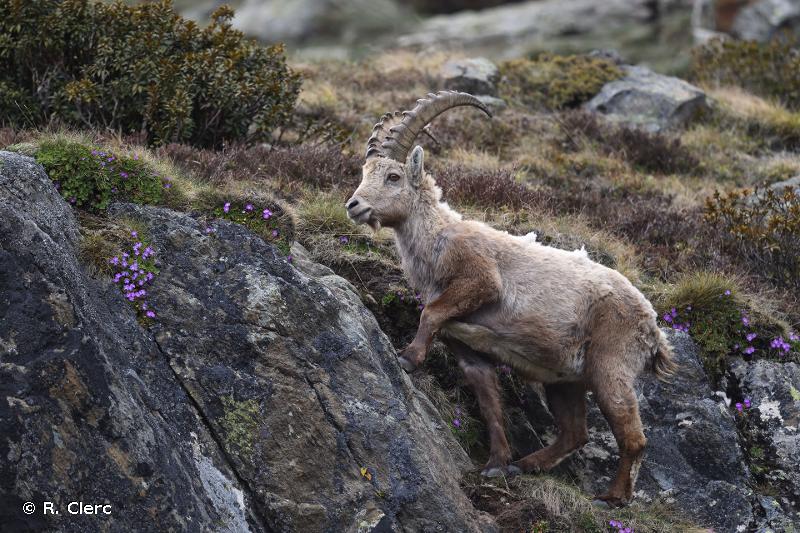
| Author : R. Clerc |
 |
To get the picture, please visit:
Roland Clerc
Photographe naturaliste
http://www.faune-valais.ch/index.php?page=accueil
email : inpn@mnhn.fr
Despite the Creative Commons license, please inform the author of the use which will be made of his photo
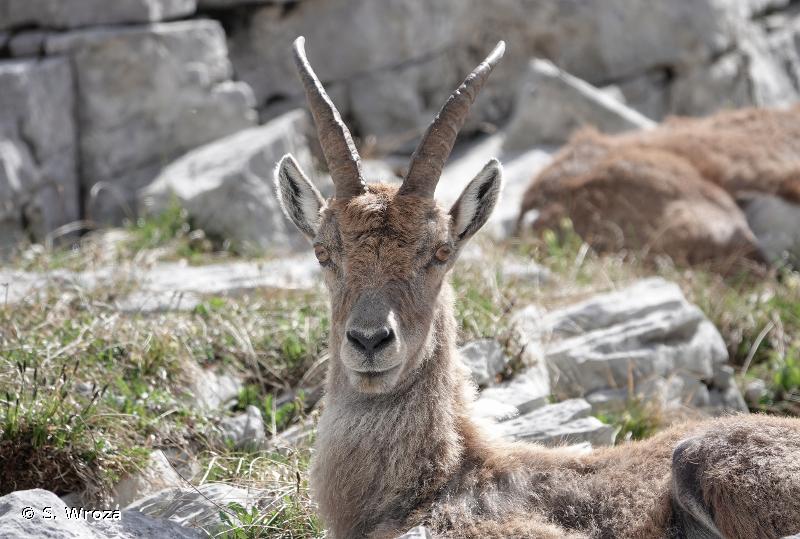
| Author : S. Wroza |
 |
Despite the Creative Commons license, please inform the author of the use which will be made of his photo
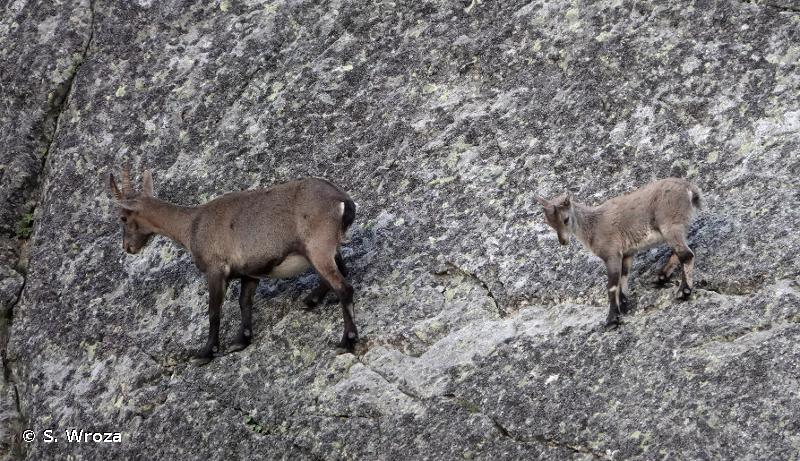
| Author : S. Wroza |
 |
Despite the Creative Commons license, please inform the author of the use which will be made of his photo
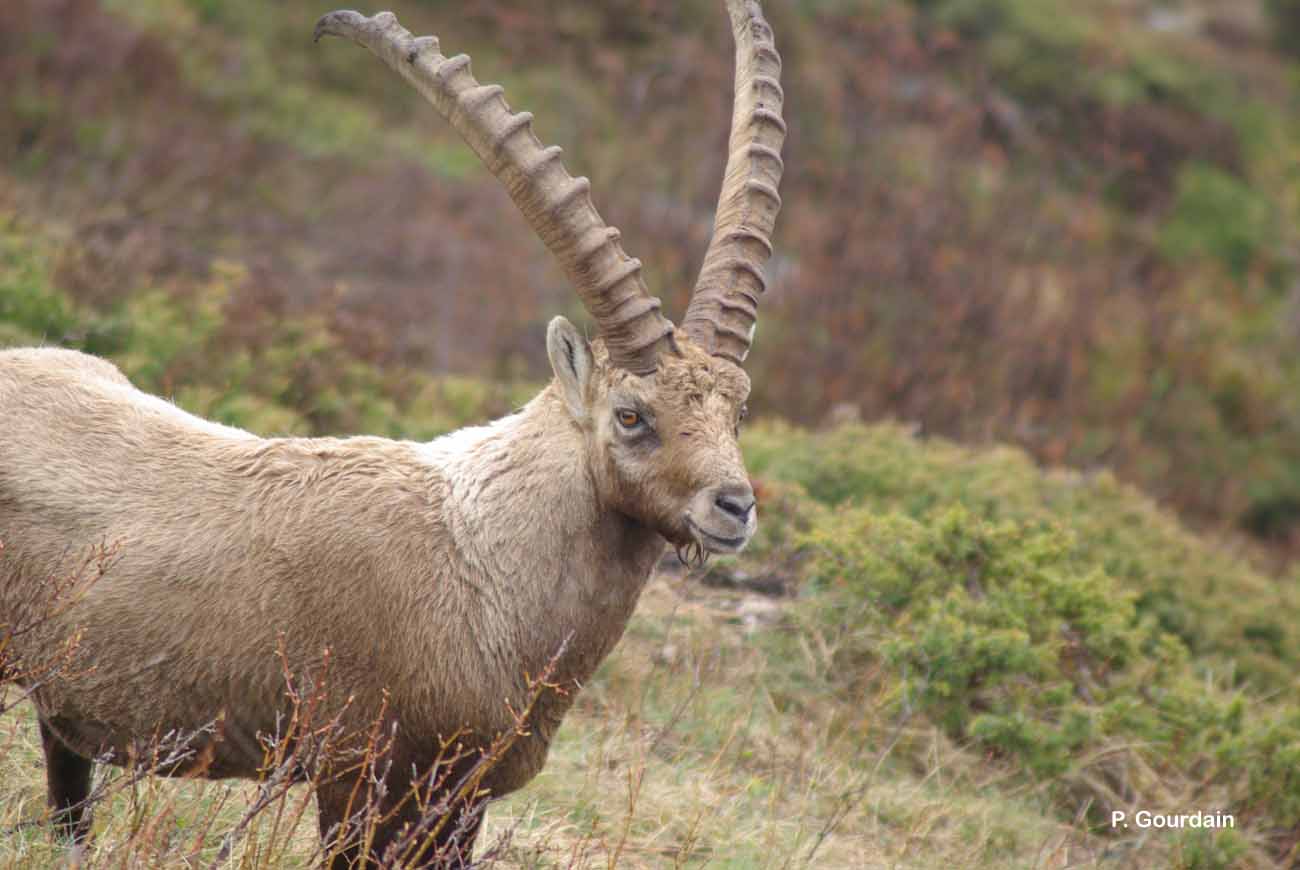
| Author : P. Gourdain |
 |
To get the picture, please visit:
Philippe GOURDAIN
Muséum national d'Histoire naturelle - Service du Patrimoine Naturel
36 rue Geoffroy Saint-Hilaire
CP 41
75 231 PARIS CEDEX 05
e-mail : inpn@mnhn.fr
Legend: Les Contamines-Montjoie
Despite the Creative Commons license, please inform the author of the use which will be made of his photo
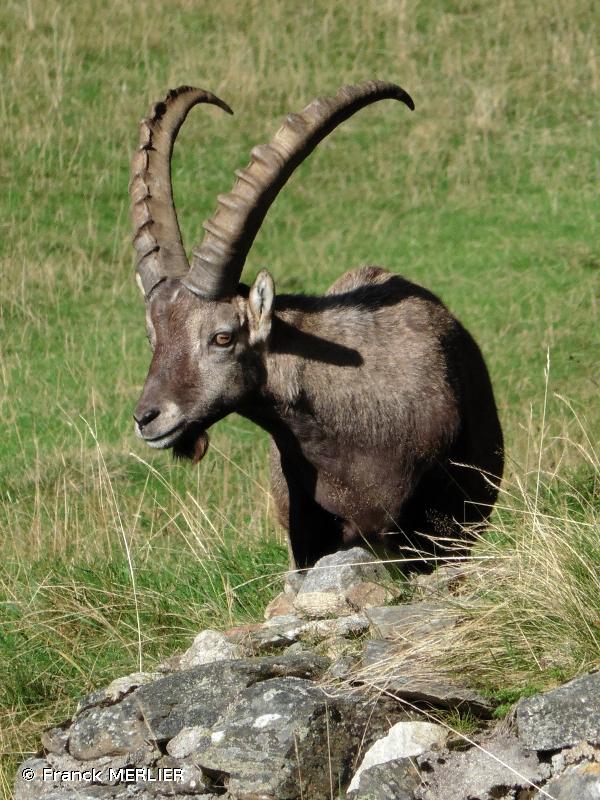
| Author : Franck MERLIER |
 |
To get the picture, please visit:
Franck Merlier
email : merlier_franck@yahoo.fr
Despite the Creative Commons license, please inform the author of the use which will be made of his photo
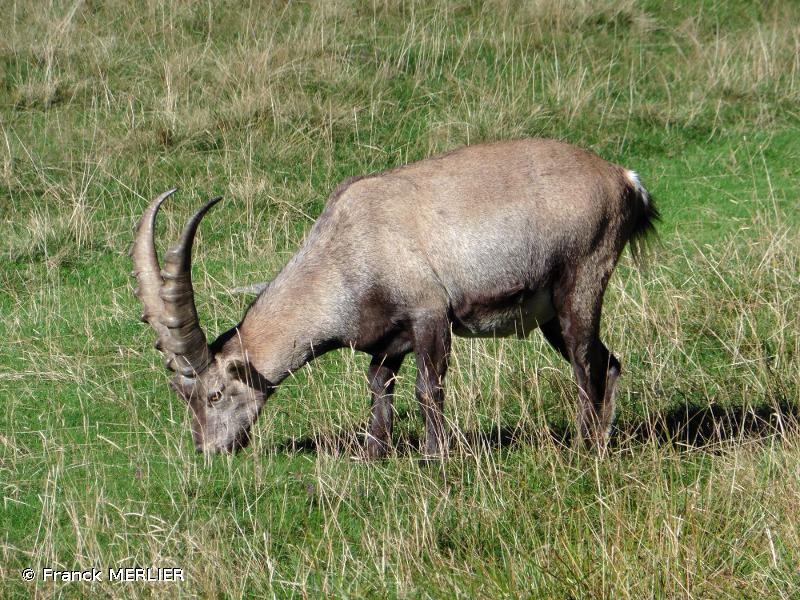
| Author : Franck MERLIER |
 |
To get the picture, please visit:
Franck Merlier
email : merlier_franck@yahoo.fr
Despite the Creative Commons license, please inform the author of the use which will be made of his photo
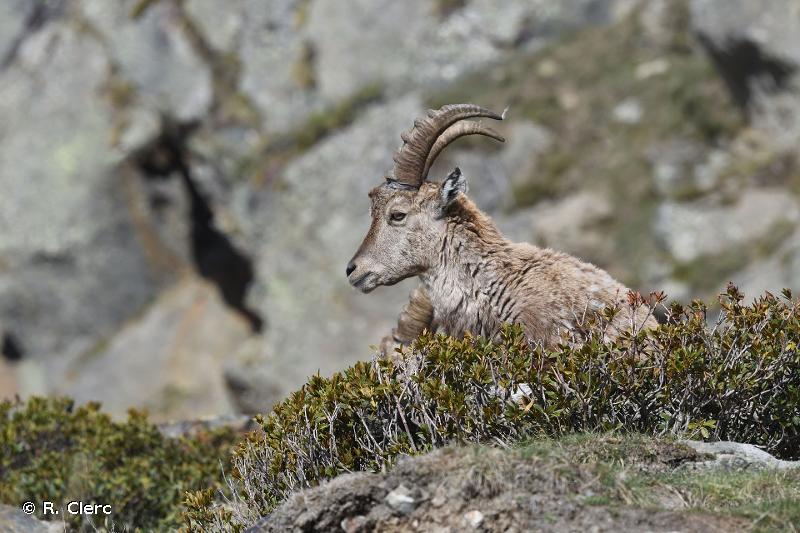
| Author : R. Clerc |
 |
To get the picture, please visit:
Roland Clerc
Photographe naturaliste
http://www.faune-valais.ch/index.php?page=accueil
email : inpn@mnhn.fr
Despite the Creative Commons license, please inform the author of the use which will be made of his photo
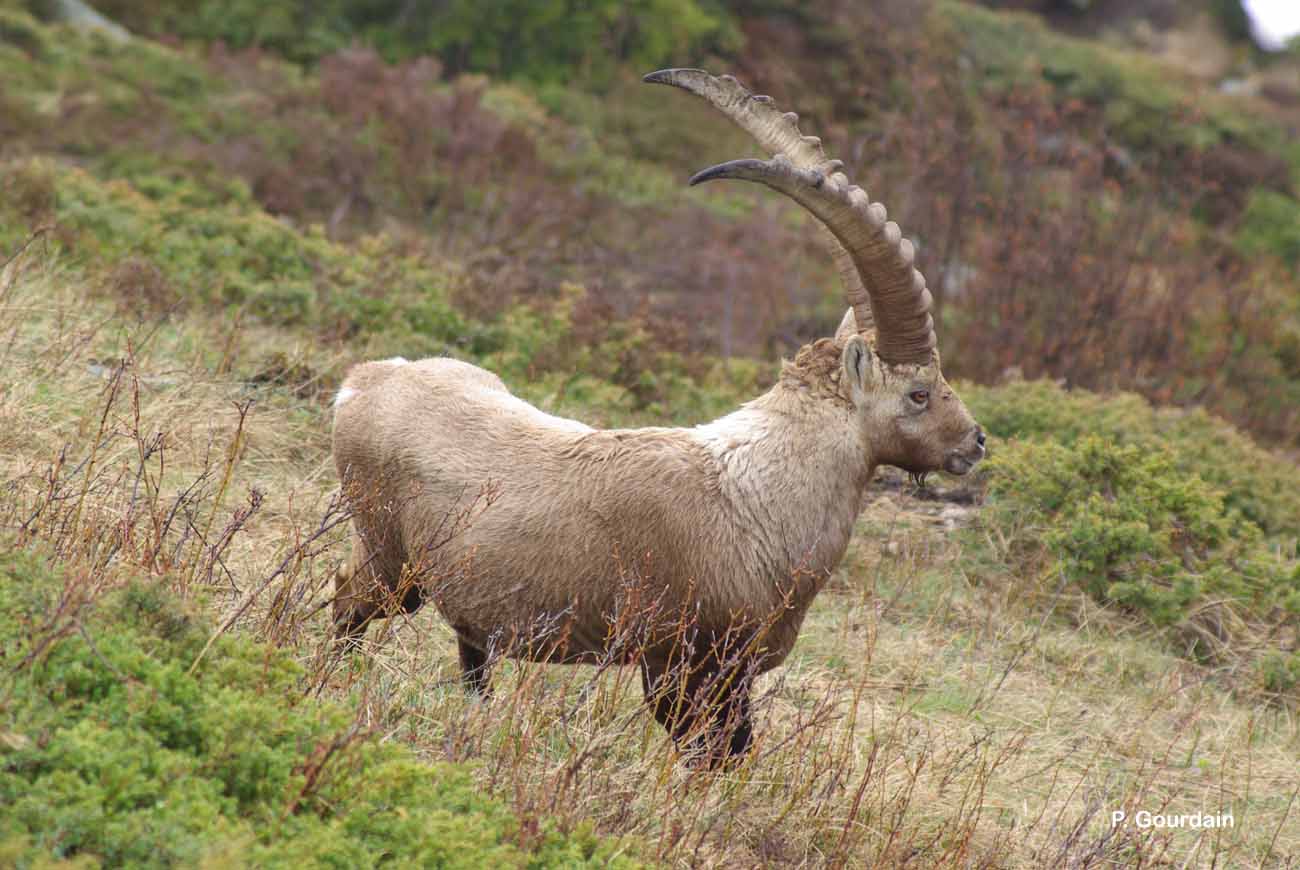
| Author : P. Gourdain |
 |
To get the picture, please visit:
Philippe GOURDAIN
Muséum national d'Histoire naturelle - Service du Patrimoine Naturel
36 rue Geoffroy Saint-Hilaire
CP 41
75 231 PARIS CEDEX 05
e-mail : inpn@mnhn.fr
Legend: Les Contamines-Montjoie
Despite the Creative Commons license, please inform the author of the use which will be made of his photo
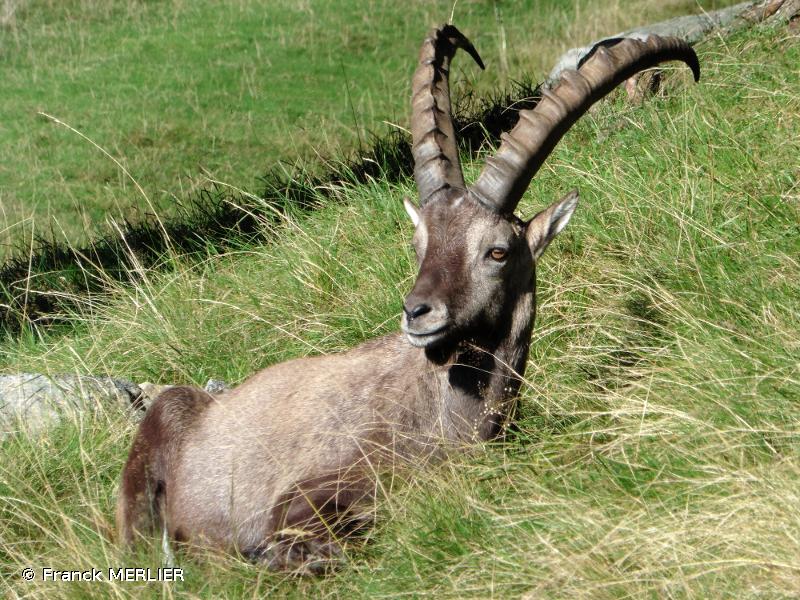
| Author : Franck MERLIER |
 |
To get the picture, please visit:
Franck Merlier
email : merlier_franck@yahoo.fr
Despite the Creative Commons license, please inform the author of the use which will be made of his photo
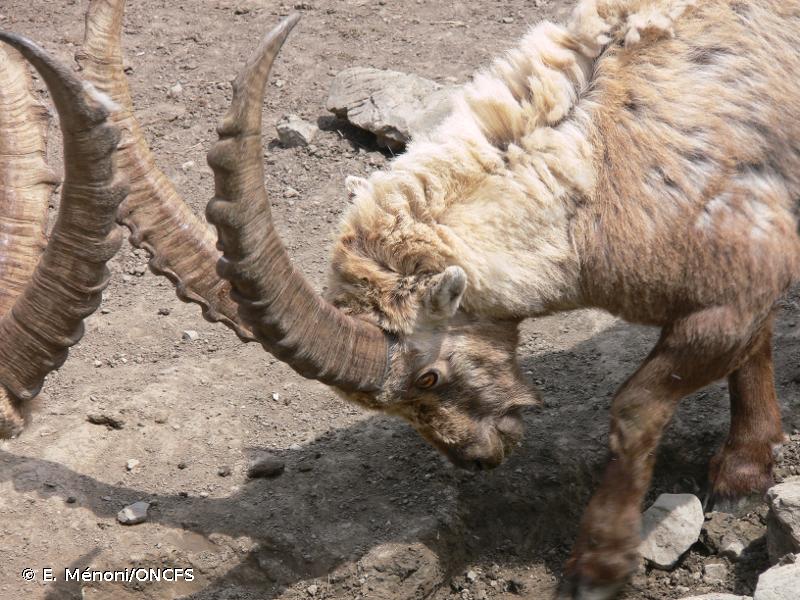
| Author : E. Ménoni/ONCFS |
 |
To get the picture, please visit:
Emmanuel Ménoni
email : inpn@mnhn.fr
Despite the Creative Commons license, please inform the author of the use which will be made of his photo
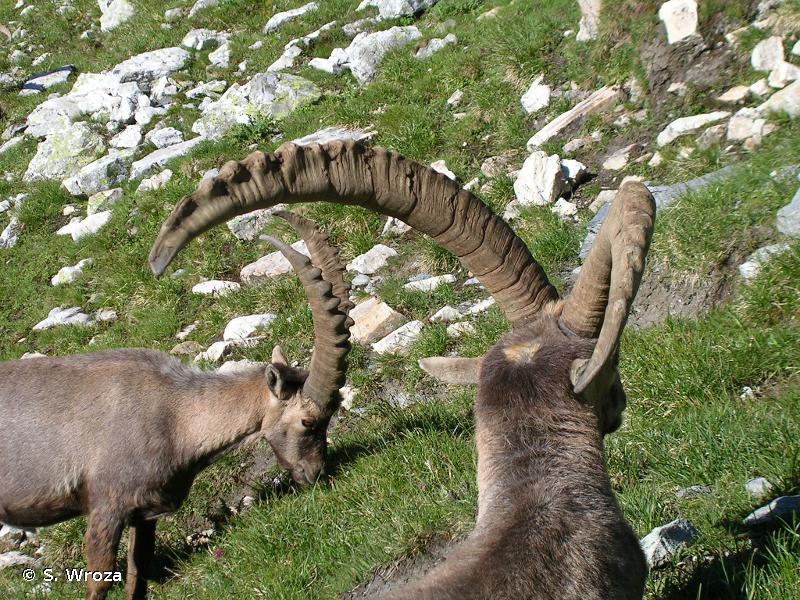
| Author : S. Wroza |
 |
Despite the Creative Commons license, please inform the author of the use which will be made of his photo
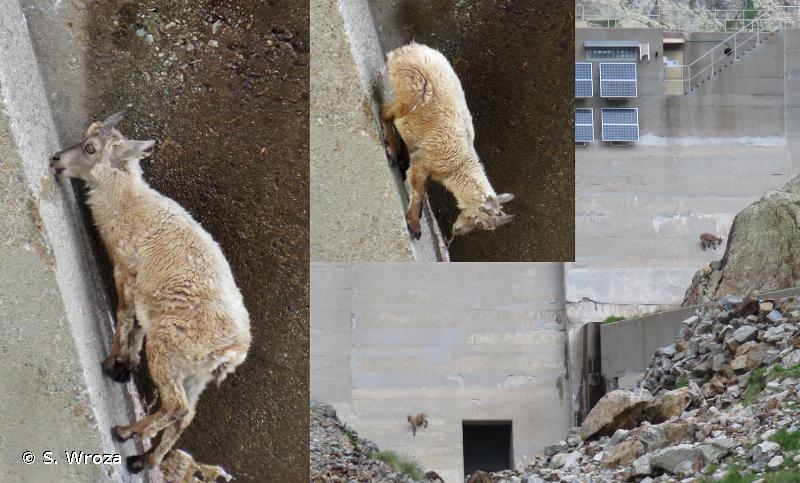
| Author : S. Wroza |
 |
Despite the Creative Commons license, please inform the author of the use which will be made of his photo
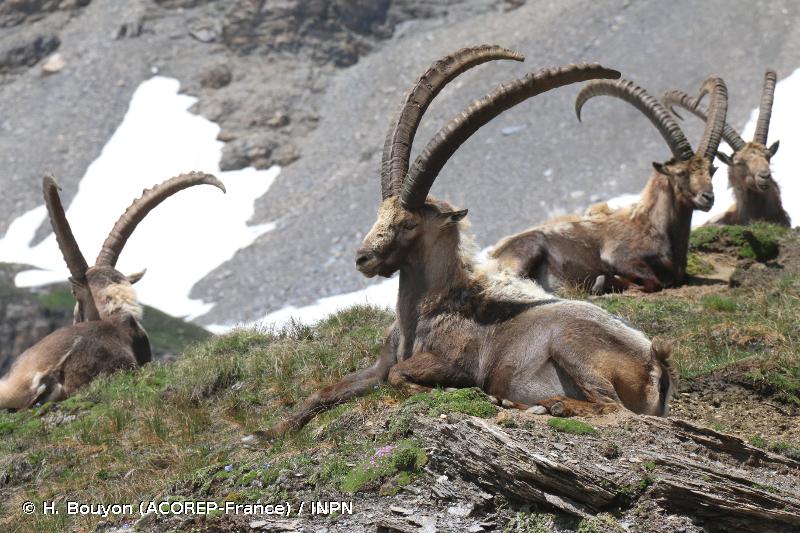
| Author : H. Bouyon (ACOREP-France) / INPN |
 |
To get the picture, please visit:
Any reuse of one or more photographs on this site is subject to an authorization request from the author.
Link to the Code of Intellectual Property (Legifrance)
Longueur : 130-150 cm pour le mâle et 105-125 cm pour la femelle dont 21-28 cm de queue pour le mâle et 15-23 cm pour la femelle. Hauteur au garrot : 85-92 cm pour le mâle et 70-78 cm pour la femelle. Poids : 65-125 kg pour le mâle et 40-70 kg pour la femelle.
Le Bouquetin des Alpes a une allure générale de chèvre mais est beaucoup plus massif. Le front est bombé et la tête porte des cornes épaisses, annelées et courbées en arrière mais non enroulées. Les cornes des mâles sont grandes (jusqu'à 100 cm) et ont des protubérances marquées sur l'avant tandis que les cornes des femelles sont plus courtes (rarement plus de 20 cm) et les bourrelets sont moins marqués. Les cornes croissent durant toute la vie de l'individu et prennent 1 à 3 bourrelets par an. Les oreilles du Bouquetin des Alpes sont assez courtes. Ses pattes portent chacune deux doigts, formant un sabot, et un ergot (=reliquat des doigts rudimentaires latéraux). Sa queue est courte et tombante. Son pelage varie de brun à gris-brun et est grisâtre et plus épais en hiver. Le ventre et le miroir fessier sont blancs et les pattes sont foncées. Les flancs du mâle sont plus sombres. Le mâle porte une petite barbe sous le menton. Le Bouquetin ne mue qu'une fois par an et a ainsi, en automne, une poussée de poils formant un épais manteau lui permettant de lutter contre le froid hivernal. Il compte 32 dents : I0/4, C0/0, P3/3, M3/3.
En été, le Bouquetin des Alpes a une activité surtout diurne. Il se met à brouter juste avant l'aube et s'interrompt quand les premiers rayons du soleil touchent son pâturage. Il reprend ensuite son activité un peu avant la nuit. Grégaire, le Bouquetin des Alpes forme des hardes avec d'une part les mâles adultes et de l'autre les femelles avec leurs petits et des jeunes. Quand la densité est faible, les deux hardes peuvent fusionner. Polygame, le Bouquetin mâle se livre à de violents combats en période de rut. La maturité sexuelle est atteinte vers un an et demi. L'accouplement a lieu en décembre-janvier. La gestation dure entre 165 et 170 jours et la femelle met bas en mai-juin d'un petit, très rarement deux. Elle donne naissance tous les deux ans. Les chevreaux sont sevrés à partir de trois mois et peuvent vivre jusqu'à 25 ans. Herbivore, le Bouquetin des Alpes se nourrit d'un nombre considérable de végétaux. Les plantes herbacées constituent la base de son alimentation. Il boit très rarement et se contente de l'eau de rosée ou de neige.
Rupicole, le Bouquetin des Alpes est très exigeant sur la forme du sol. Ainsi, il recherche des murailles abruptes, des falaises à pics ou des parois escarpées. Les sols durs, gelés, ne lui conviennent pas car son pied est trop mou. Il se retrouve entre 2700 et 3300 mètres d'altitude et ne fréquente la forêt qu'exceptionnellement.
Références :
BIANCHETTI J.-F. 1972. Le Bouquetin des Alpes dans le massif de la Vanoise. Thèse pour le doctorat vétérinaire. Ecole nationale vétérinaire d'Alfort.109p.
COUTURIER M. 1962. Le Bouquetin des Alpes Capra aegargrus ibex ibex L. Partie I. Histoire naturelle et Partie II. Ethologie et écologie. Grenoble. 1565p.
Audrey Savouré-Soubelet (UMS 2006 Patrimoine Naturel (AFB / CNRS / MNHN)),2012
Continental
Metropolitan France
Overseas
Marine
Metropolitan France
Overseas
The map presents a summary at the 10 x 10 km grid of the observation data for the species transmitted to the SINP. These data have been subjected to validation filters.
The map presents a reference distribution layer of the species at the scale of departments and marine sectors. The presence and absence data were established by expertise within a network of partners. This reference distribution is used in the validation process of the SINP data at the INPN level.
Corresponds to a report on the basis of at least one observation proved within a period of 10 years (20 years for little-known invertebrates) preceding the year and no presumption of extinction since obtaining the last data nor doubt on reproductive and implemented nature of this population. For migratory species, the presence indicated concerns areas of reproduction.
This status is based on one or more of the following criteria:
This point covers the absence, more difficult by nature to demonstrate than presence. This status is based on one or more of the following criteria:
This status must be assigned to a department in which the presence of the species is casual.
Particular case of absence due to a proven extinction less than a half century ago (older disappearances are treated as "no probable or definite").
In the state of knowledge, we can not comment on the presence or absence in the current department. This is the default status when not comprised in one of the previous categories or whenever there is doubt.
The map shows the global distribution of the species based on GBIF data (Global Biodiversity Information Facility).
